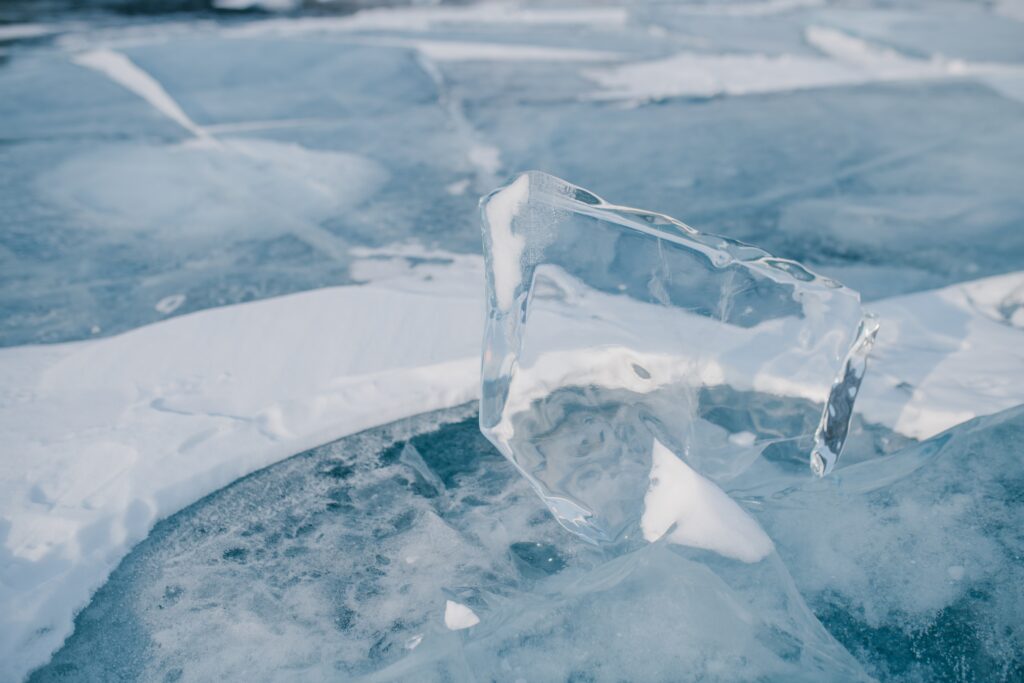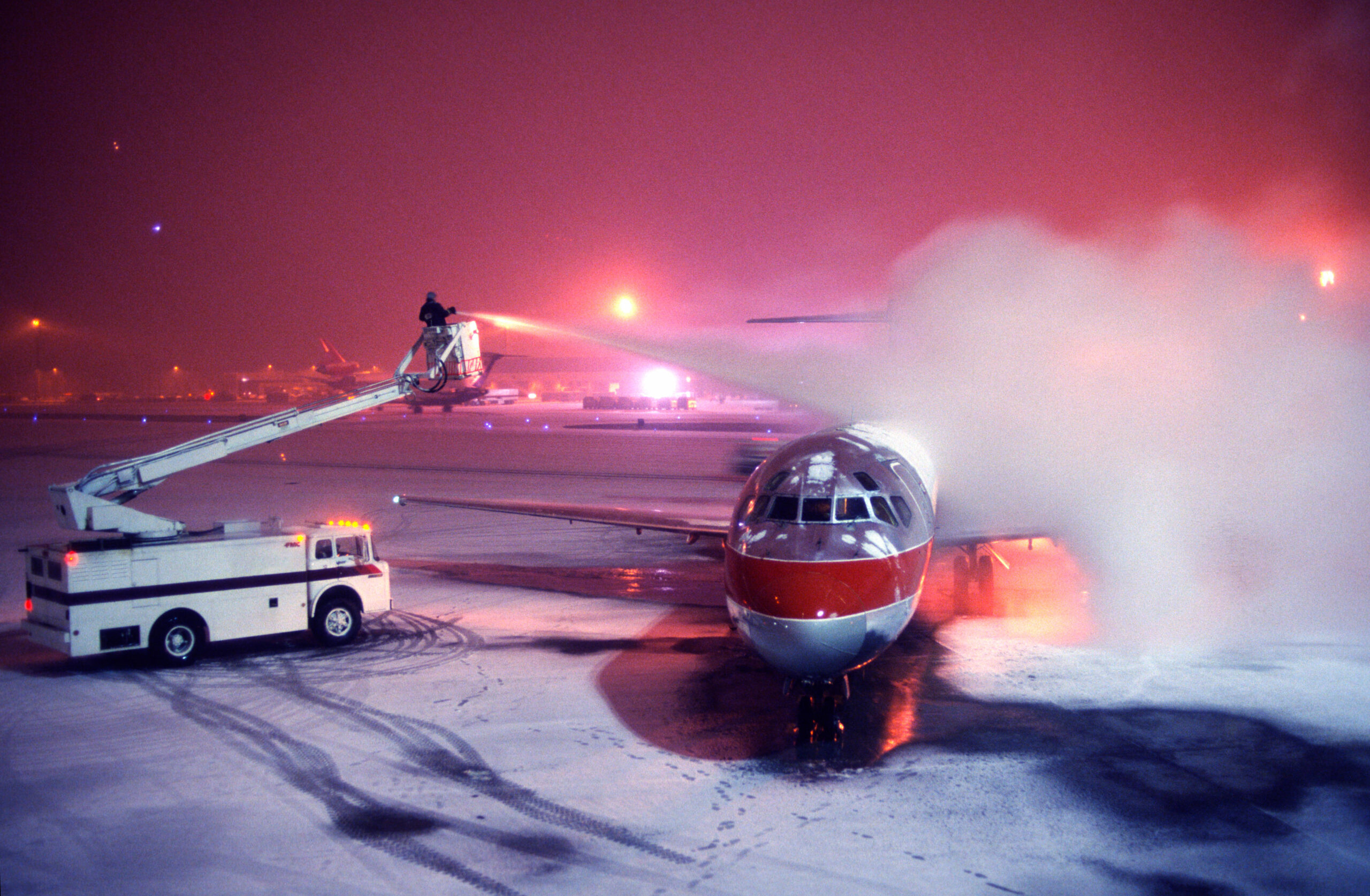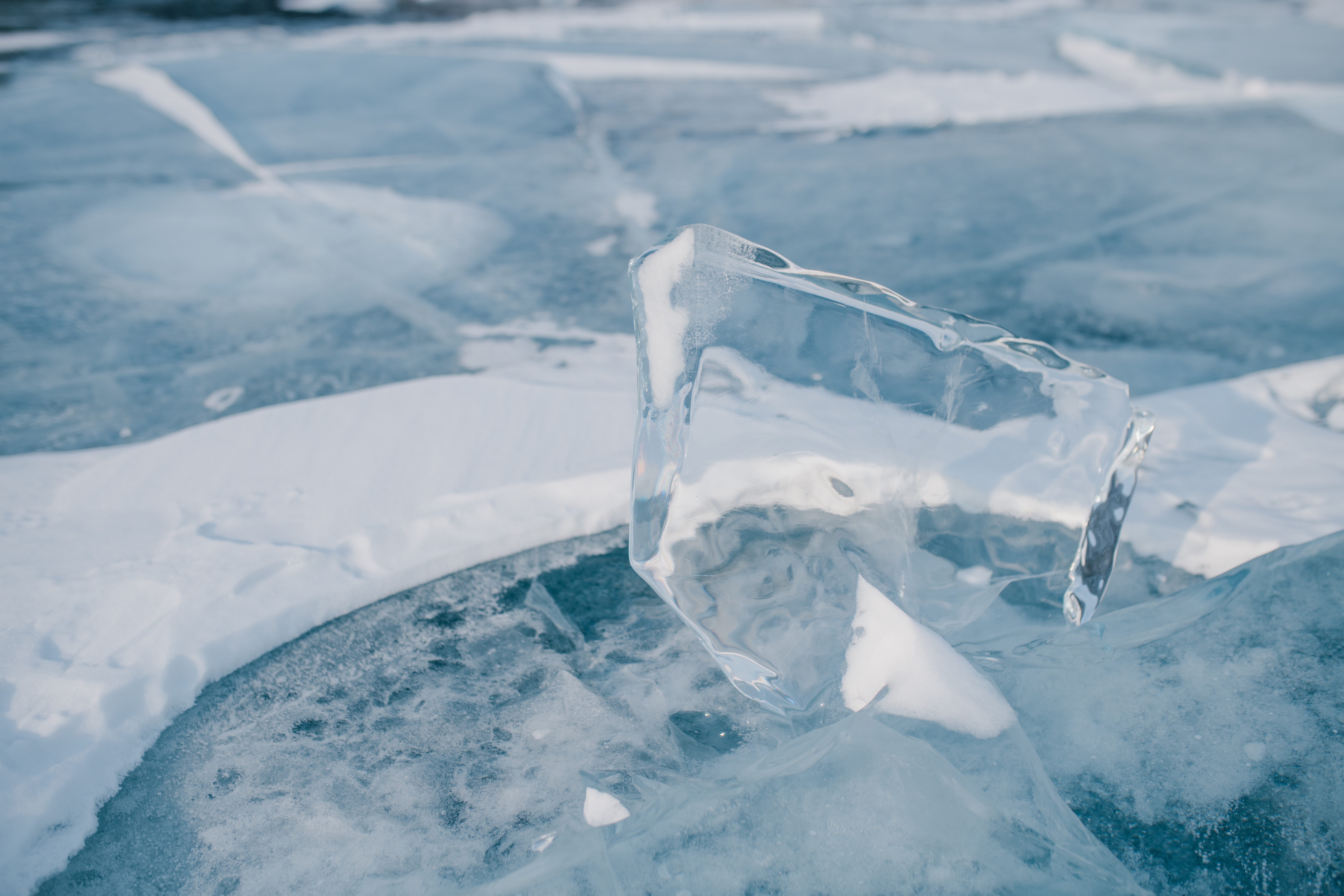A Chilling Threat and the Vital Need for De-icing and Anti-icing
In just over 100 years since we began ‘powered flight’ the advances in our knowledge surrounding aviation and the developments in technology associated with this knowledge has been remarkable. However, despite the massive strides made in aviation technology, aircraft remain vulnerable to a silent and deadly threat which is inherent to the cold environment that aircraft operate in, this threat is: icing. Icing poses a significant danger to aircraft in various forms and can compromise their safety, performance, and even their ability to stay aloft. In this blog, we will explore the dangers of icing on aircraft and the indispensable need for de-icing and anti-icing measures to ensure safe flight operations.

The dangers of icing on aircraft are a critical concern in aviation safety. The dangers of icing on aircraft manifest in various ways, posing significant risks to both the aircraft and its passengers. First and foremost, the dangers of icing on aircraft are evident in the loss of aerodynamic performance. Ice accumulation on critical surfaces like wings and tail can disrupt the airflow, leading to reduced lift and increased drag. Moreover, the dangers of icing on aircraft are compounded by the potential for engine damage. Ice ingestion can lead to engine power loss and, in extreme cases, flameout. The third critical aspect of the dangers of icing on aircraft is its impact on control systems. Ice accretion on control surfaces can impede the pilot’s ability to maneuver the aircraft effectively. Thus, the dangers of icing on aircraft are a significant concern, necessitating the implementation of stringent de-icing and anti-icing procedures to mitigate these risks and ensure safe flight operations.
Aircraft icing can be categorized into various types based on the conditions and surfaces affected. The primary types of aircraft icing include:
- Structural Ice: Structural icing, often referred to as “airframe icing,” occurs when ice forms on the external surfaces of an aircraft. This type of icing can affect the following areas:
- Wing Ice: Ice accumulation on the wings can disrupt the flow of air, reducing lift and increasing drag.
- Tail Ice: Ice on the tail surfaces, such as the horizontal stabilizer and vertical fin, can affect an aircraft’s stability and control.
- Fuselage Ice: Ice on the fuselage can add weight and disrupt the aircraft’s aerodynamics.
- Induction Ice: Induction icing occurs within an aircraft’s engines and can be particularly dangerous as it affects the engine’s performance. Induction icing can impact various engine components, including:
- Air Intakes: Ice can obstruct the air intakes, reducing the amount of air reaching the engine.
- Compressors: Ice on compressor blades can lead to a loss of engine efficiency and power.
- Fuel Nozzles: Ice formation on fuel nozzles can disrupt the fuel-air mixture, affecting combustion and engine operation.
- Instrument Ice: Instrument icing refers to ice accumulation on critical sensors, probes, and instruments on the aircraft. This type of icing can lead to incorrect data readings and affect the pilot’s ability to control the aircraft. Key components vulnerable to instrument icing include:
- Pitot Tubes: Icing on pitot tubes can affect airspeed measurements.
- Static Ports: Ice on static ports can disrupt altitude and airspeed readings.
- Angle of Attack Sensors: Icing on these sensors can affect the aircraft’s stall warning systems.
- Navigation and Communication Antennas: Ice on antennas can interfere with communication and navigation systems.
- Glaze Ice: Glaze ice is a type of ice that forms when supercooled liquid water, such as freezing rain or drizzle, comes into contact with an aircraft. This ice can create a smooth, clear, and highly adherent layer on the aircraft’s surfaces, making it particularly hazardous. It can accumulate on the wings, tail, and other external parts of the aircraft.
- Rime Ice: Rime ice is a type of ice that forms when supercooled water droplets freeze upon impact with an aircraft’s surfaces. It typically has a frosty, opaque appearance and can accumulate rapidly, especially in certain weather conditions.
- Mixed Ice: Mixed ice is a combination of both rime and glaze ice and can occur when an aircraft encounters a mix of supercooled liquid water droplets and ice crystals. This type of icing can be challenging to manage due to its mixed characteristics.
Understanding these various types icing on aircraft icing is crucial for pilots, engineers, and aviation professionals to take appropriate precautions, employ de-icing and anti-icing measures, and ensure safe flight operations in cold and icy conditions.
Understanding the the dangers of Icing on Aircraft
Icing occurs when supercooled water droplets freeze upon contact with an aircraft’s surfaces, such as wings, tail, and engines. It can take various forms, each with its unique set of danger
The Consequences of Icing
Icing can have severe consequences for aircraft, crew, and passengers. Some of these include:
- Reduced Aircraft Performance: The added weight and drag from ice accumulation can lead to decreased aircraft performance, making it harder to maintain altitude and control.
- Loss of Lift: Ice on wings can disrupt airflow and lead to a sudden loss of lift, resulting in a stall or even a crash.
- In-Flight Icing: Aircraft flying through clouds or precipitation in sub-freezing temperatures are at risk of in-flight icing, which can occur quickly and without warning.
- Impaired Visibility: Ice accumulation on windshields and windows can impair the pilot’s visibility, making it difficult to navigate and respond to changing conditions.
- Mechanical Stress: Icing can cause mechanical stress on an aircraft’s structure, potentially leading to structural damage over time.
The Solution: De-icing and Anti-icing
To mitigate the dangers of icing on aircraft, aircraft are equipped with de-icing and anti-icing systems. These systems are designed to prevent ice from forming or remove it once it has accumulated:
- De-icing: De-icing systems, such as heated surfaces and pneumatic boots, are used to remove ice that has already formed on critical surfaces. These systems can be manually activated by the pilot or operate automatically when ice is detected.
- Anti-icing: Anti-icing systems are proactive measures that prevent ice from forming in the first place. These systems include heating elements embedded in critical areas and anti-icing fluids applied to surfaces.
- Pilot Training: Pilots are trained to recognize and respond to icing conditions. This training includes procedures for activating de-icing systems and making critical decisions to ensure safety.
Conclusion – The dangers of Icing on Aircraft
Icing is a formidable adversary in the world of aviation, capable of jeopardizing the safety of aircraft and their passengers. To combat this threat, the aviation industry relies on a combination of advanced technology, rigorous training, and meticulous procedures for de-icing and anti-icing. These measures are not just a precaution; they are essential for ensuring that aircraft can navigate the skies safely, even in the harshest winter conditions. As aviation continues to evolve, the battle against the dangers of Icing on aircraft remains a top priority, ensuring that passengers can travel with confidence and peace of mind.
In our next blog we will look at the new training course which we in Butterfly Training have developed for staff involved in De-Icing and Anti-Icing aircraft
Here in Ireland, the Rules on Icing protection are detail in the IAA Operations Order 1999 – S.I. No. 19/1999 – Irish Aviation Authority (Operations) Order, 1999.



